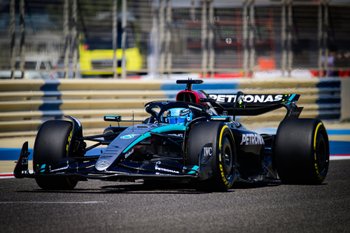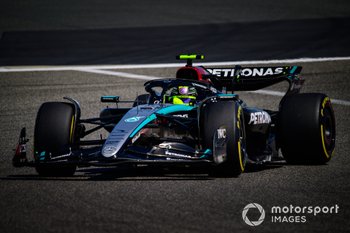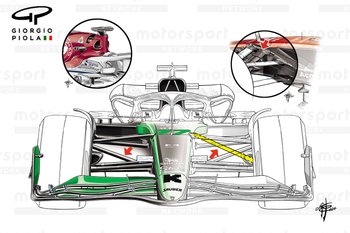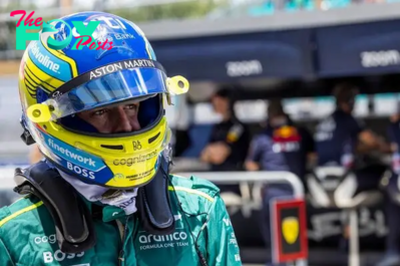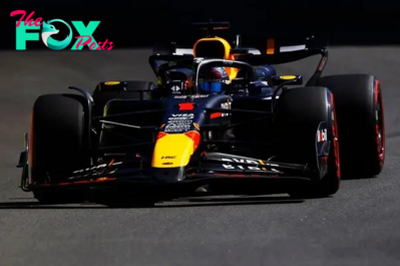F1 News
Mercedes has new adaptable F1 suspension trick on W15
At the time, it was believed that the Brackley-based outfit had done it as a diversionary pre-season tactic to throw rivals off the scent about what it was really up to. After all, teams aren’t allowed to fit redundant suspension elements on their cars.
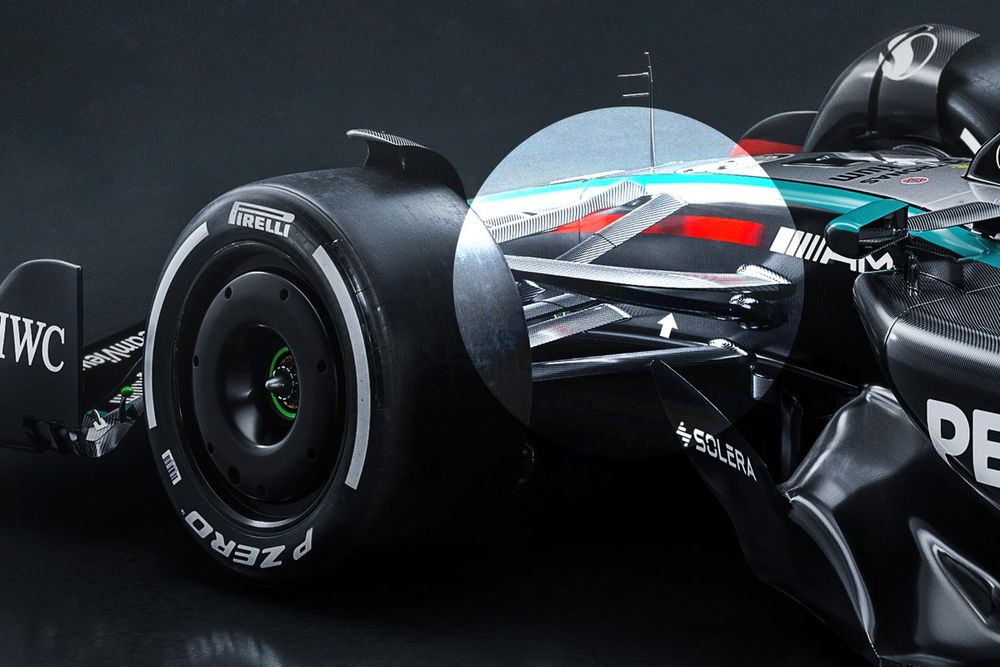
Mercedes W15 fake arm
Photo by: Mercedes AMG
It has turned out, however, that what the image actually showed us was a clue to a new adaptable arrangement built into the Mercedes chassis and front suspension this year.
This design allows the team to move the inboard end of the suspension leg to better suit the requirements it needs for the optimum set-up around each track.
Most teams do have some level of freedom in this area, but we are usually talking about millimetres rather than the many centimetres of freedom that the solution on the W15 affords Mercedes.
As can be seen in the illustration, the hatch on the side of the W15’s chassis is larger than we are normally used to seeing.
It provides adequate room for different wishbone arrangements to be used, with the chosen location resulting in different kinematic and/or aerodynamic responses from each.
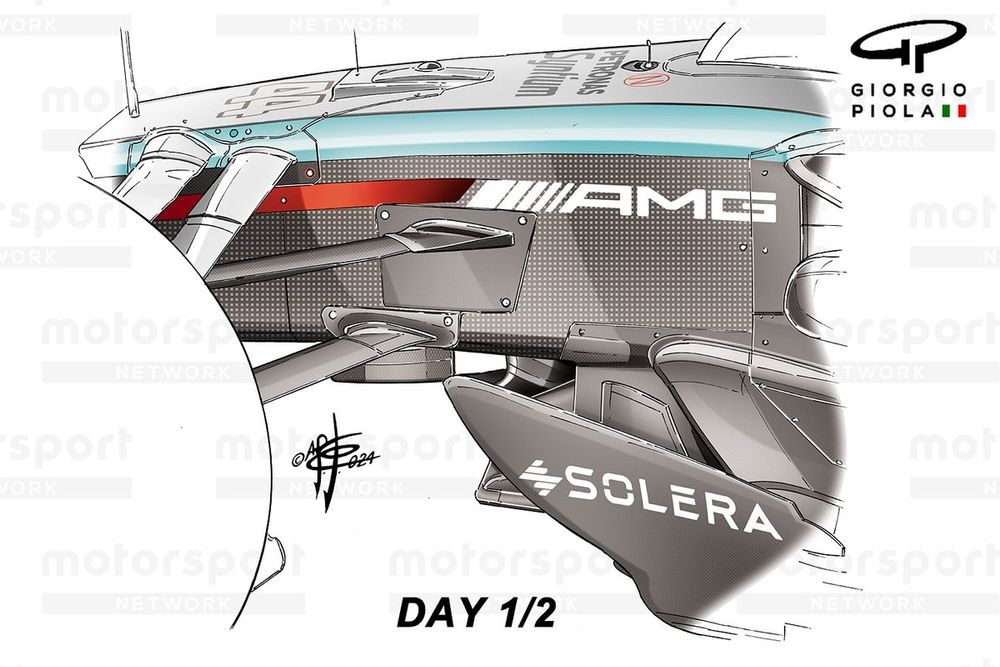
Mercedes W15 front suspension detail
Photo by: Giorgio Piola

Mercedes W15 front suspension detail
Photo by: Giorgio Piola
During the pre-season test, Mercedes had the rear leg of the upper wishbone in the higher mounting position during day one and two. However, it moved it into a lower position for the third and final day to evaluate its merits.
The arm’s longitudinal position is altered by this change, with the arm moved forward relative to the position used in the first two days of the test.
The arrangement used on day three of the test places the rear legs of the upper and lower wishbones in much closer proximity to one another, with the pair likely becoming more effective as a combined aerodynamic surface in this layout.
This is not a totally new idea, with teams having looked at ways to couple these surfaces from an aerodynamic perspective in the past. McLaren’s MP4-31 is an example that springs to mind.
In that instance, McLaren did not have the adaptability built into its chassis to accommodate variability in the position of the wishbone, so a static position was utilised throughout the course of the season.
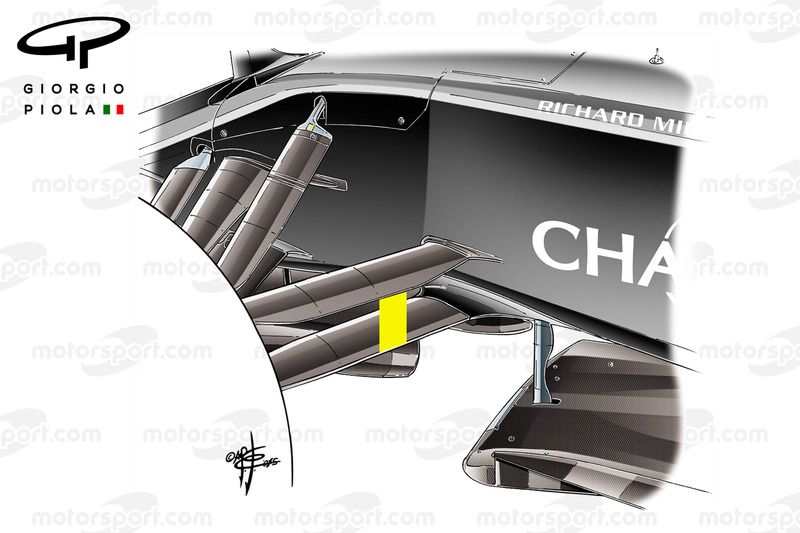
McLaren MP4-31 front suspension
Photo by: Giorgio Piola
But this is not just about delivering an aerodynamic benefit. The other obvious characteristic of this multiple mounting-point arrangement from Mercedes we must talk about is anti-dive, with more or less of these characteristics on offer depending on which position it chooses.
This could provide the German manufacturer with an upper hand at a variety of circuits when others are locked into a less optimum arrangement.
Whilst the W15 design is the first time we have seen a team employ an arrangement like this, it is not the first time that we’ve seen Mercedes think outside the box in regards to suspension layout.
In fact, we only need to look back as far as the Monaco Grand Prix, last season, when the team introduced a B-Spec style overhaul to the W14. On that occasion, it incorporated a higher mounting point for the lead arm of the upper wishbone.
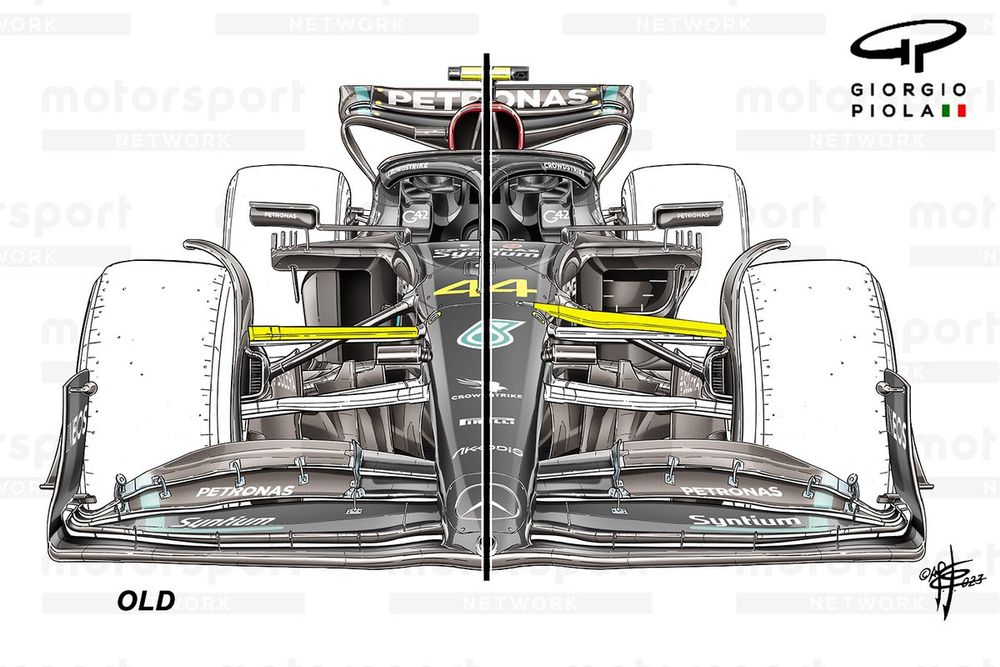
Mercedes W14 front detail
Photo by: Giorgio Piola
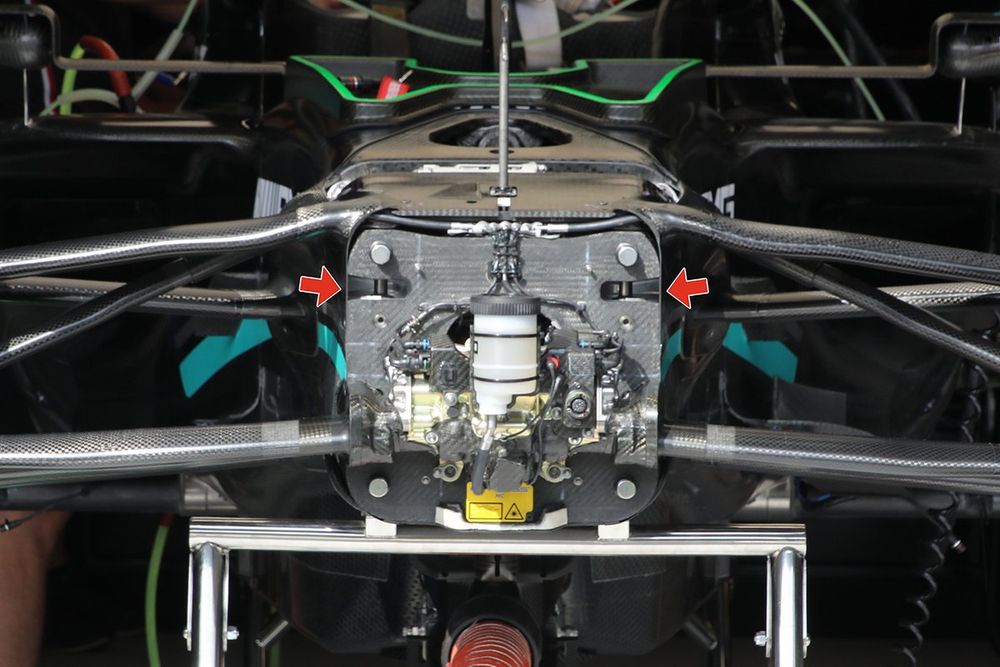
Mercedes W14
Photo by: Uncredited
However, whilst a success, the changes left behind some scar tissue, as the original mounting points remained in place thereafter (red arrows). This obviously also came with a weight penalty, as will be the case with the W15.
Still, the team will hope the adaptability on offer will outweigh the need for the increased structural integrity around two mounting positions. And, with more options available, it should increase the car’s set-up window and make it easier to tailor the car to a given circuit’s characteristics.
-
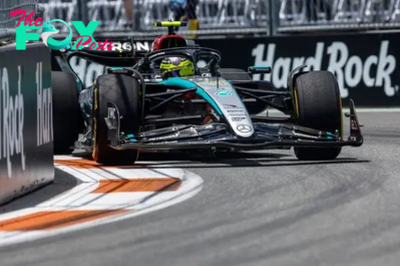
 F1 News22h ago
F1 News22h agoHamilton: Mercedes has to accept reality its F1 car is off the pace
-

 F1 News22h ago
F1 News22h agoWhat is the motorsport triple crown and who has claimed the feat?
-
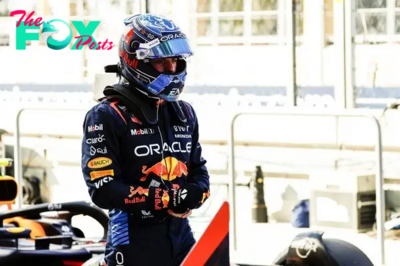
 F1 News1d ago
F1 News1d agoVerstappen surprised "terrible" lap was enough for Miami F1 sprint pole
-
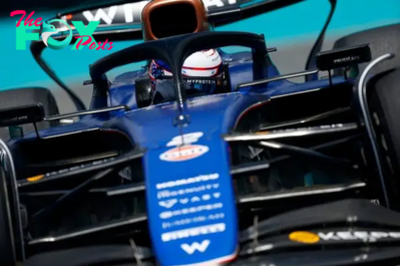
 F1 News1d ago
F1 News1d agoF1 team-mates' qualifying battles: Miami GP
-
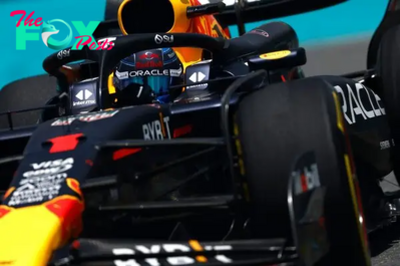
 F1 News1d ago
F1 News1d ago2024 F1 Miami GP sprint qualifying results: Verstappen takes pole
-

 F1 News1d ago
F1 News1d agoWilliams in talks with Newey about F1 reunion
-

 F1 News1d ago
F1 News1d agoVerstappen: Newey exit "not as dramatic as it seems" for Red Bull F1 team
-

 F1 News2d ago
F1 News2d agoAlonso wants to make sure "nothing else is happening" after latest F1 penalty
